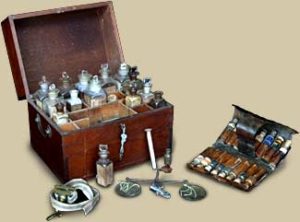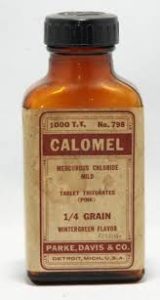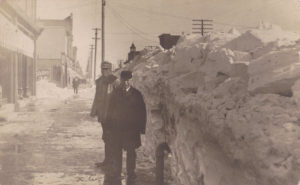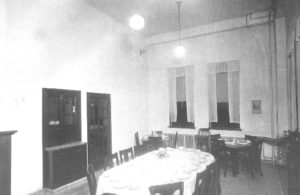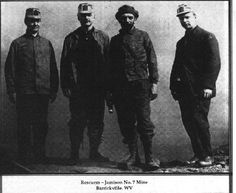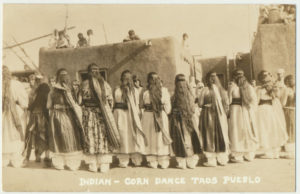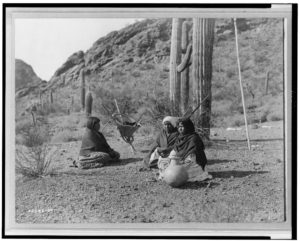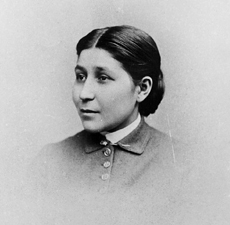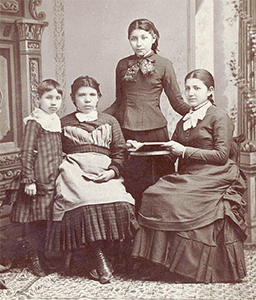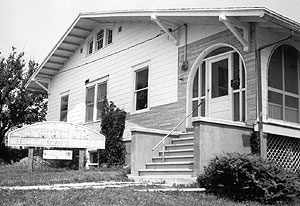Doctors’ competency during the 1800s was not always comforting to patients facing a dire illness, and Victorians developed a great fear of being buried prematurely. Though a well-known device called Bateson’s Revival Device or Bateson’s Belfry, is actually a fictional account (by author Michael Crichton in The Great Train Robbery) of a device to rescue patients buried during comas and so on, many “safety coffins” did exist.
Dr. Johann Gottfried Taberger in Germany invented an elaborate system of ropes that linked a corpse’s limbs and head to an above-ground bell. Theoretically, if the “corpse” woke from a coma or similar state, he or she could alert the living to come to the rescue. One problem with this device was that decomposition and the bloating that accompanied it would shift the body and cause the bell to ring. Rescuers were undoubtedly horrified with these false alarms, and Taberger’s invention fell out of favor.
A system that made more sense had already been invented by Duke Ferdinand of Brunswick in the late 1700s. He incorporated a window and air tube in his coffin, along with a lid with a lock (rather than one nailed shut) that included a key to keep in the pocket of his shroud. This was a private device for his own burial, but it must have provided good ideas to others.
Franz Vester of Newark, New Jersey invented an improved coffin that included a tube which allowed an interested person to see the corpse, and through which the revived “corpse” could climb to escape. It also included a bell in case the victim was too weak to climb the provided ladder.
Though modern fears are not as pronounced as in the Victorian era, they still exist–a U. S. patent for a portable alarm system was filed January 7, 2013. The system includes a signal-transmitter secured in the coffin or tomb and a light source to keep the victim from panicking; a receiving device is monitored by security or other personnel. After a predetermined period, the system can be removed from the coffin for reuse.



